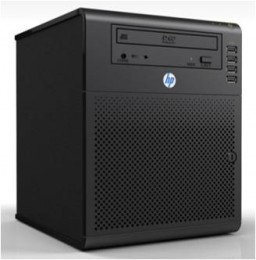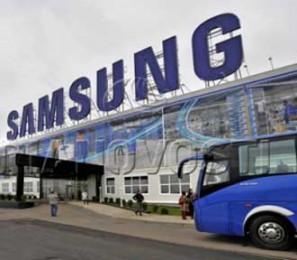 Number crunchers from Gartner group claim that four of the top five IT vendors suffered a fall in sales last year.
Number crunchers from Gartner group claim that four of the top five IT vendors suffered a fall in sales last year.
Out of Apple, Samsung, Google, Microsoft and IBM, only Google grew its revenues.
In its Gartner, Global Top 100: IT Vendors report, the number crunchers attempted to rank the top 100 largest tech companies based on estimates for their revenue across IT and component market segments.
Despite seeing estimated IT revenue fall from $235 billion to $218 billion year on year, Apple topped the rankings, well ahead of Samsung, which saw its haul shrink from $142 billion to $1391 billion.
Google grew its revenues from $74.9 billion to $90.1 billion, while Microsoft shrank from $88.1 billion to $85.7 billion and IBM fell from $79.6 billion to $77.8 billion.
Gartner said its figures will help illustrate the shift in the industry from the ‘Nexus of Forces’ to digital business as the driver of IT purchasing.
For those who came in late, or find it difficult to care, the Nexus of Forces, Gartner’s term for the convergence of social, mobility, cloud and information. It believes it has propped up many of the IT market’s leading players – including Apple and Google – in recent years.
Gartner vice president John-David Lovelock said that the needs of IT buyers are shifting. CEOs were focused on growth and are more focused on realising business outcomes from their IT spend, Big G said.
We are not sure about this, people have been saying that sort of thing since the 1990s when we started reporting on the IT market. In fact, it was the reason so many companies moved to outsourcing.
Digital giants, like Google, Apple, Facebook, Amazon, Baidu, Alibaba and Tencent will leave their mark in 2017, Gartner said.
These seven companies will be involved in 20 percent of all activities an individual engages in by 2020, Gartner predicted.
“Digital giants effectively become gatekeepers for any business that delivers digital content and services to consumers. Any company that wants to engage consumers in, or through, their digital world will have to consider engaging with one or more of these digital giants,” Lovelock said.
 Despite the US crackdown, Chinese devices are doing really well in Europe, according to Canalys beancounters.
Despite the US crackdown, Chinese devices are doing really well in Europe, according to Canalys beancounters.

















